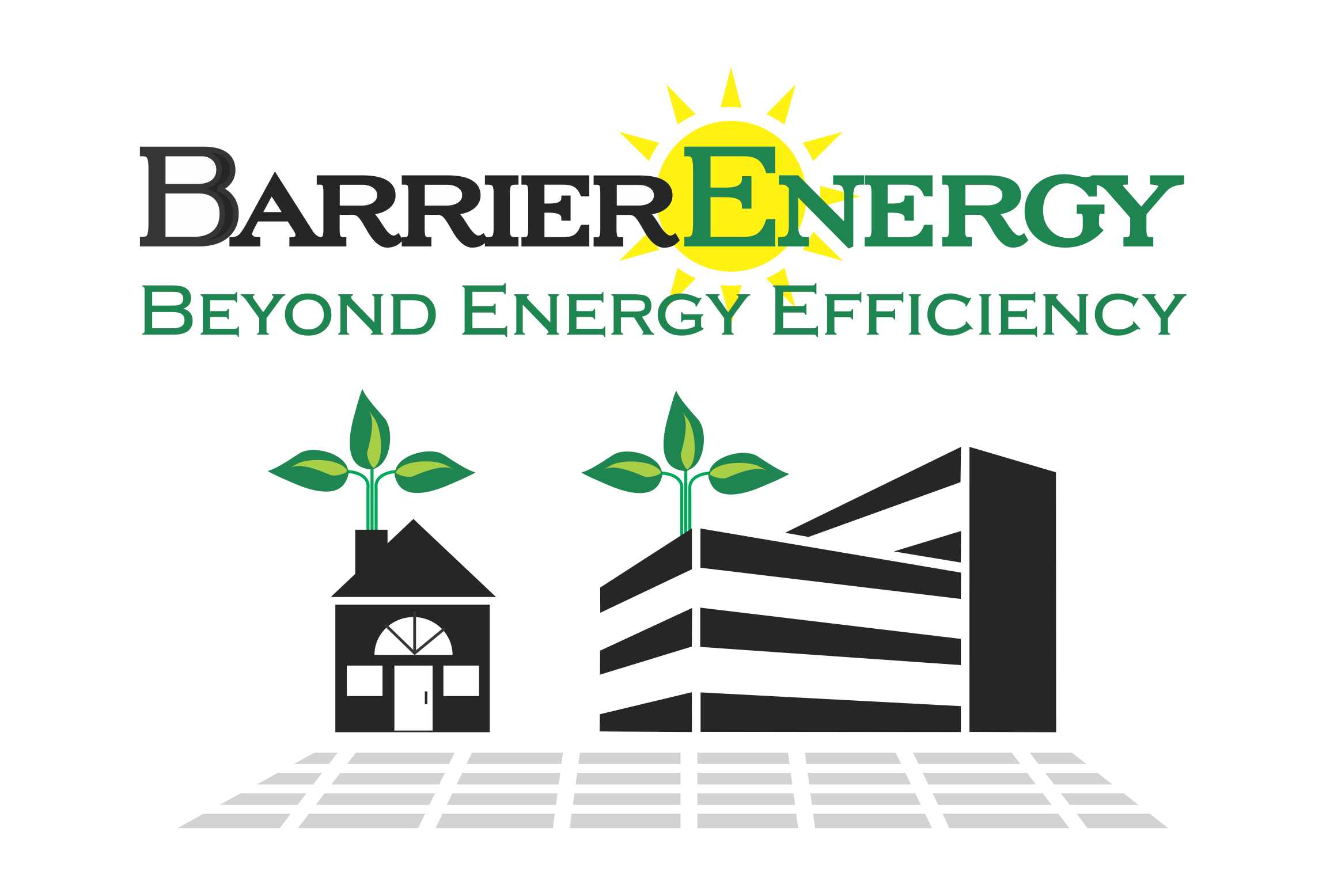Pre-HERS / Pre-Existing Conditions Reports:
BarrierEnergy coined the term Pre-HERS, which is our name for Existing Conditions. California Building Departments may require a Pre-Existing Conditions (EXC) Report prior to issuing any building certificates or permits for alterations. Evidently, this report contains all the buildings’ energy efficiency specifications before any retrofit construction begins. A certified HERS technician accomplishes this report by inspecting all energy-consuming features of the building. After their initial walkthrough, they translate these findings into a comprehensive summary. For example, our technicians would list current insulation values, window efficiency, etc. They will also include pertinent details such as the square footage, the year built, and the number of levels. Next, we’ll explain why these reports are necessary.
Requirements for Alterations:
Alterations such as remodels and additions fall under the umbrella category of retrofits. Retrofitting is the act of adding new features to an existing structure in order to improve efficiency or reduce emissions. Based on this definition, Building Departments need to see the rationale for your requested modification. In other words, your proposed revisions must have a purpose. There are two options you have to get your alteration approved, based on either the Prescriptive or Performance Tracks.
To meet Prescriptive Path Standards, every system or feature must meet efficiency standards exactly to code. The Prescriptive Path is typically easiest if the building is already optimally efficient. In this case, you are exchanging “like for like.” For instance, a simple changeout for an efficient furnace. Also, this is a good option if the project is a complete remodel and all systems will be highly efficient. On the other hand, this path will only prove more complicated if some systems of the house meet efficiency standards and others don’t. Maybe you’re remodeling an entire building, but you’d like to leave the older windows and doors alone. In this case, the project will have to meet Performance Standards.
If certain features of the building do not meet California’s efficiency codes, the Performance Track can offer more flexibility. Through this track, you can make up for inefficient features by overcompensating with other systems or efficiency tests. That’s because this path only requires the building to meet an overall efficiency rating. Inefficient doors may be okay with some extra insulation or by performing a building leakage diagnostic test. However, there is a catch-22 for using this method. That is, the alteration will only be approved if there is a significant percentage of improvement between your Pre-Existing Conditions and the new plans.
How HERS Raters Can Help:
HERS stands for Home Energy Rating System. Technicians use this universal efficiency rating system in order to assess existing conditions and translate them into an EXC report. At BarrierEnergy, we will also consult you on which path fits your situation best. We’ll walk you through the process step by step, as we know Energy Codes like the back of our hands. Then, we will submit the proper report on your behalf, based on which code cycle applies, which path you’ve chosen, and what type of building is being altered. These three criteria can greatly affect mandatory measures for your plans. The next step ahead will be attaining your Certificate of Occupancy.


Recent Comments